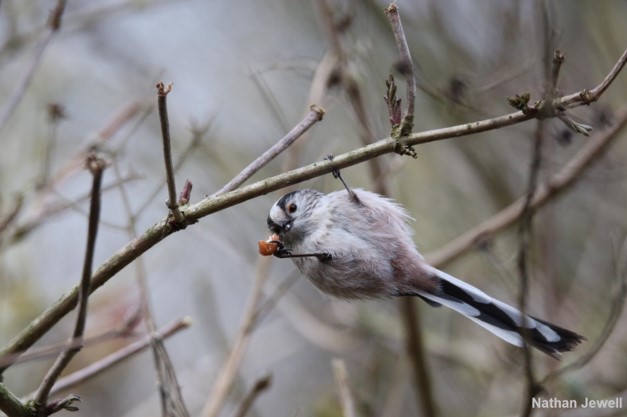
The results are in for the 2023 GWCT Big Farmland Bird Count organised by the Game & Wildlife Conservation Trust, and the tenth year of the event has revealed more than ever before about the conservation work undertaken by participants.
Unlike last year’s count which took place amidst a series of storms, the count period from 3rd to 19th February saw plenty of dry settled weather, which enabled over 1,700 farmers and land managers to get their binoculars out and take a vital snapshot of the health of our cherished farmland birds.
“The fact that the count is still going strong after 10 years highlights the passion and commitment that British farmers have for the birds on their farms and their keenness to understand how the birds – whether Red-Listed or not – are faring,” said GWCT Big Farmland Bird Count organiser, Dr Roger Draycott.
A total of 149 species were recorded across more than 1.5 million acres (607,000 hectares) in all four countries of the UK. Records came in from far and wide – from white-tailed eagles on the Isle of Benbecula, to white storks in Cambridge and cirl buntings in Devon.
The birds that were spotted most often were blackbirds, woodpigeons and robins, seen on seven out of every ten counts. Birds seen on less than one in 100 counts included species that are elusive like jack snipe and bittern, localised such as red grouse, or rare and declining like willow tit.
Conservation work on farms
As well as bird data, the count form collects information on farm habitat and conservation work. Jess Brooks, a farm biodiversity advisor at the Trust who analysed the results, explained:
“A quarter of respondents are members of ambitious landscape-scale conservation projects such as farmer clusters, which is fantastic, and 62% are in an agri-environment scheme which is a big jump from 37% last year. Around 47% were providing some form of extra seed food for birds in late winter, which helps them survive this period of high starvation risk.”
There were some notable differences between conservation work provided by farms with shoots and those without shoots. Of the 36% of participants who said that they run a wild or released gamebird shoot, nearly half grow wild bird seed mixtures and 62% put out supplementary food for farmland birds. In contrast, of those who responded that they do not operate a shoot, 21% grow wild bird seed mixtures and 32% put out supplementary food.
Red-listed bird species
Conservation work for farmland birds is more vital than ever. Of the 460,000 birds across 149 species counted in the survey, a large proportion were from species of conservation concern, with 33 on the Red List and 47 on the Amber List. Starlings, lapwings, fieldfares and linnets were the four most abundant Red-Listed species, with nearly 200,000 counted, equating to 42% of all birds recorded.
Organiser Dr Roger Draycott added: “Thank you very much to everyone who took part in the GWCT Big Farmland Bird Count this year. The count provides a hugely valuable snapshot of the state of the nation’s farmland birds.”
The Big Farmland Bird Count is sponsored by the National Farmers’ Union (NFU) and has the support of farming unions and organisations across the UK.
NFU President Minette Batters said: “Thank you to the 1,700 farmers and growers who joined the Big Farmland Bird Count this year. The results of this year’s count provide a fantastic and important snapshot of the range of wildlife on British farms with almost 150 species of bird being recorded, many of which are on the Red List for Birds of Conservation Concern.
“Alongside producing quality, climate-friendly food, farmers are the custodians of the great British countryside and are working to boost biodiversity, create habitats for wildlife and provide additional feeding for farmland birds. It’s great to see this work paying off.”
